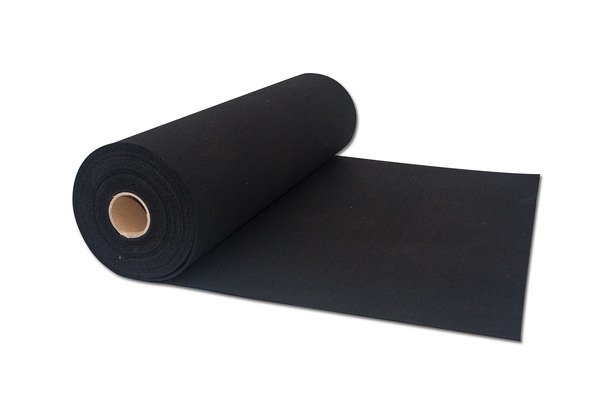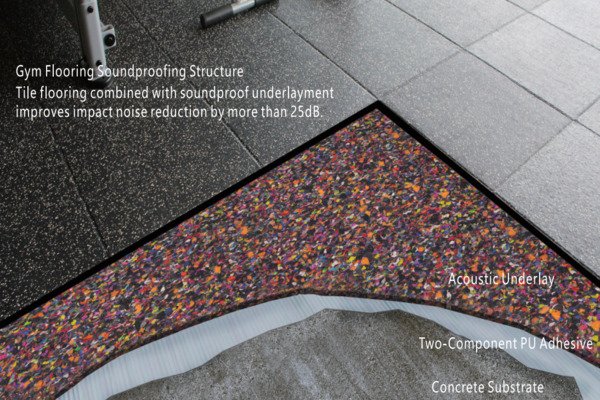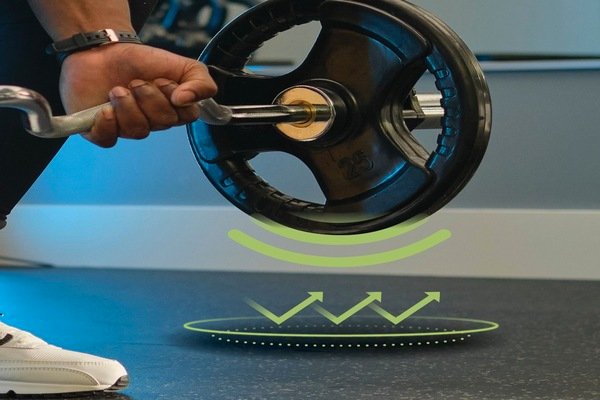Reducing sound between floors effectively involves combining acoustic insulation, underlayments like rubber mats, sealing gaps, and isolating structural elements. This method significantly decreases both airborne noises (voices, music) and impact noises (footsteps, dropping objects), creating quieter, more peaceful indoor environments.
Sound transmission between floors is common and can be annoying, especially in multi-level homes or apartment buildings. I manage production at a rubber gym mats factory and frequently assist customers looking to address noise problems effectively. I have noticed that successful noise reduction often requires a combination of materials and techniques. Addressing airborne sounds like speech and TV noise involves sealing openings and using dense materials like rock wool or rubber mats. Impact noises, such as footsteps or dropped items, are effectively reduced by using resilient underlayments or floating floors. In my experience, integrating multiple methods—like adding insulation, rubber underlayments, or Green Glue compound—achieves the best results. Let’s delve deeper into specific methods to reduce sound between floors effectively.

Now let’s get into details and examine specific questions you might have regarding acoustic insulation between floors.
What are the best materials for acoustic floor insulation?
The best materials for acoustic floor insulation include rubber underlayments, rock wool insulation, mass loaded vinyl (MLV), and cork. Each has unique characteristics suitable for different noise types.
Comparison of Acoustic Insulation Materials
| Material | Type of Noise Reduced | Density & Thickness | Costo |
|---|---|---|---|
| Rubber Mats | Impact Noise | High (5mm-15mm) | Moderate |
| Rock Wool | Airborne & Impact Noise | High (30-100mm) | Moderate |
| Mass Loaded Vinyl | Airborne Noise | High (1-3mm) | Alto |
| Cork Underlay | Impact Noise | Moderate (3-10mm) | Moderate |
Based on my factory experience producing rubber gym mats, rubber underlayments provide the best solution for impact noise, such as footsteps and dropping items. Rubber mats absorb vibrations effectively, making them ideal beneath hard flooring. For combined airborne and impact noise, rock wool insulation is excellent because its dense fibers trap sound waves. Mass loaded vinyl (MLV) offers superior blockage for airborne noise but is more expensive. Cork is effective and eco-friendly but slightly less dense, making it suitable mainly for lighter impact noise.

Understanding materials helps significantly, but effectiveness matters most. Let’s discuss a popular material: rock wool.
How effective is rock wool compared to other insulation materials?
Rock wool is highly effective, outperforming fiberglass insulation, especially for airborne and impact noises, thanks to its high density and excellent sound-absorbing properties.
Rock Wool vs Other Insulation Materials
| Material | Airborne Noise Reduction | Impact Noise Reduction | Installation Difficulty |
|---|---|---|---|
| Rock Wool | Eccellente | Molto buono | Moderate |
| Fiberglass | Buono | Moderate | Easy |
| Polyurethane Foam | Buono | Moderate | Moderate |
Rock wool is one of my top recommendations as it provides superior performance in absorbing and reducing both impact and airborne noises. It’s denser than fiberglass, meaning it captures more sound energy. In practical terms, I have observed that rooms insulated with rock wool show substantial decreases in noise transmission compared to rooms with fiberglass insulation. Although fiberglass is easier to handle, the extra installation effort of rock wool pays off in significantly improved sound insulation.

Let’s continue and explore if Green Glue can add additional soundproofing between floors.
Can I use Green Glue Compound for soundproofing between floors?
Yes, Green Glue Compound can be used effectively between floors. It converts sound vibrations into heat, providing substantial reduction in airborne and impact noises, especially when combined with other insulation methods.
Effectiveness of Green Glue Compound
| Application | Noise Type Addressed | Effectiveness | Cost per Area |
|---|---|---|---|
| Between Plywood Layers | Impact & Airborne | Alto | Moderate |
| Between Drywall Layers | Airborne | Eccellente | Moderate |
In practice, I’ve found that Green Glue compound adds significant value when layered between materials like plywood or drywall. Its unique ability to transform sound vibrations into small amounts of heat significantly reduces noise transmission. Customers who combined Green Glue with rubber underlayments saw noticeable improvements in overall noise reduction. It’s not a standalone solution but an excellent complementary method.

Understanding materials is key, but proper installation makes all the difference. Let’s discuss installation steps clearly.
What are the steps to install acoustic insulation between floors?
Installing acoustic insulation involves sealing gaps, placing insulation between joists, applying rubber underlayments, adding a plywood subfloor, and optionally applying acoustic compounds like Green Glue.
Step-by-step Installation Guide
| Step | Action | Scopo |
|---|---|---|
| 1 | Seal all gaps and openings | Prevent airborne noise leaks |
| 2 | Fill spaces between floor joists with rock wool | Absorb airborne and impact noises |
| 3 | Lay rubber or cork underlayment | Minimize impact noise |
| 4 | Apply plywood subfloor | Create stable, sound-isolating layer |
| 5 | Optionally apply Green Glue | Further enhance noise reduction |
| 6 | Finish with flooring (wood, carpet, vinyl) | Final sound-insulating barrier |
Having supervised many installations, following this procedure has consistently led to excellent sound insulation results.

Considering cost is also important. Let’s talk money next.
How much does it typically cost to insulate between floors?
Typically, insulating between floors costs $1 to $6 per square foot, varying by material choice, labor costs, and installation complexity.
Typical Cost Breakdown
| Material/Method | Average Cost per Square Foot |
|---|---|
| Rock Wool | $1.5 – $3 |
| Rubber Underlayments | $2 – $4 |
| Mass Loaded Vinyl | $3 – $6 |
| Green Glue Compound | $2 – $4 |
These prices include materials only. Installation and labor typically add $1 to $2 per square foot. Budget-conscious customers often find combining rock wool insulation and rubber mats to be most cost-effective.

Conclusione
To effectively reduce sound transmission between floors, combining dense insulation, rubber underlayments, sealing gaps, and proper installation offers the best results at manageable costs.
